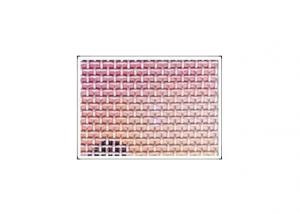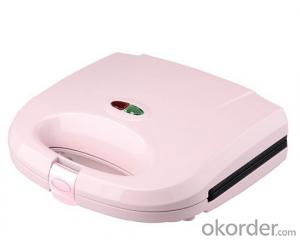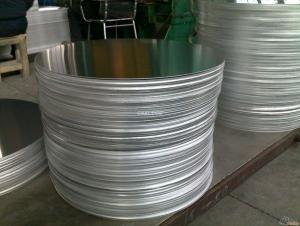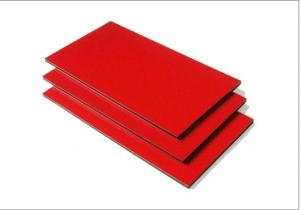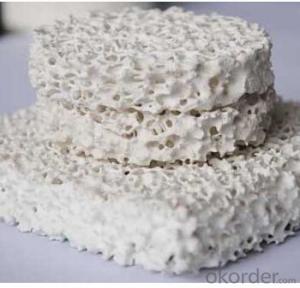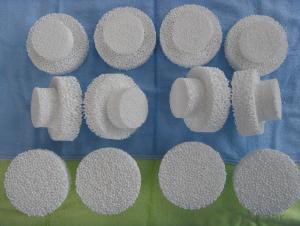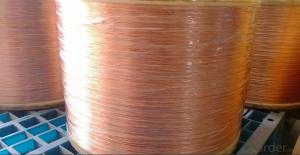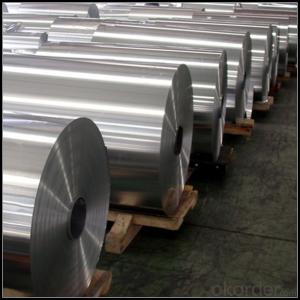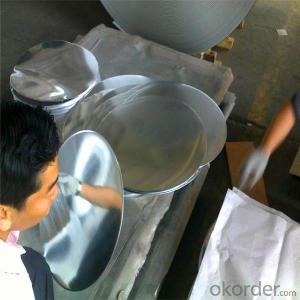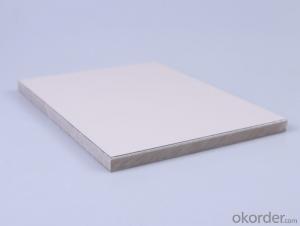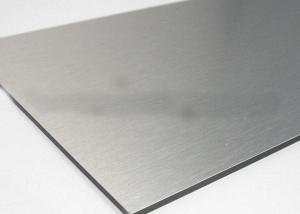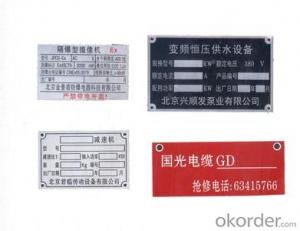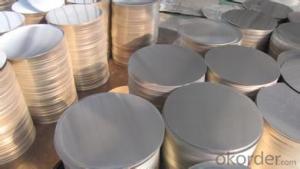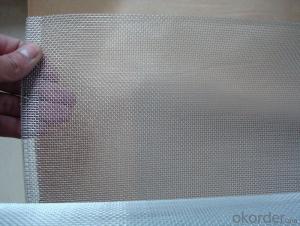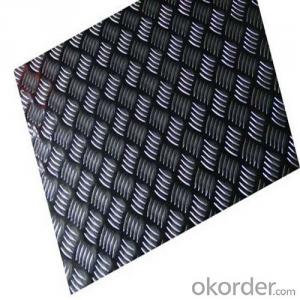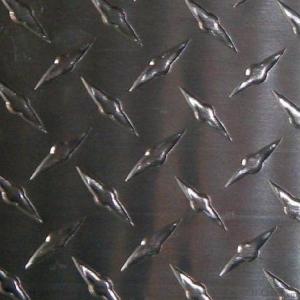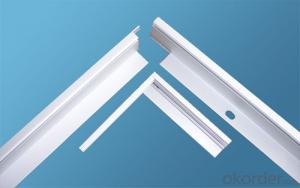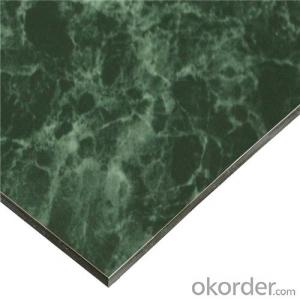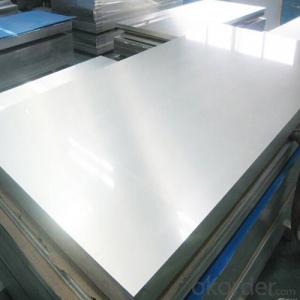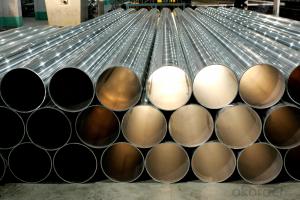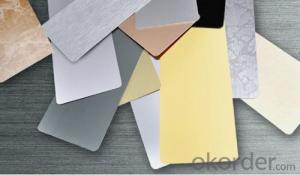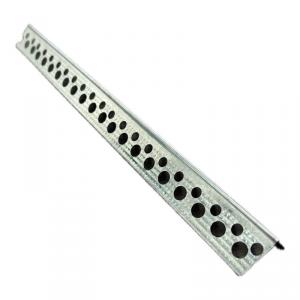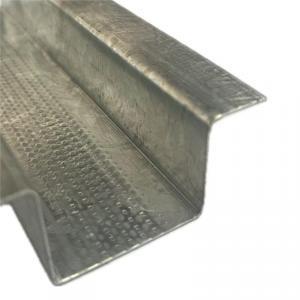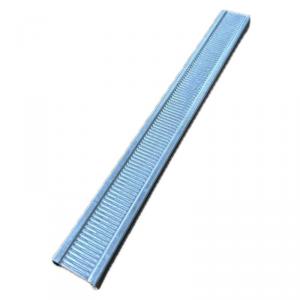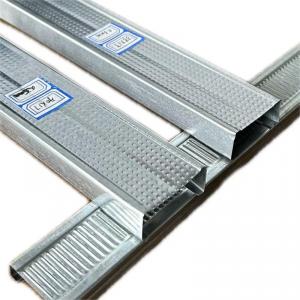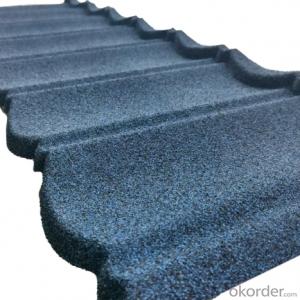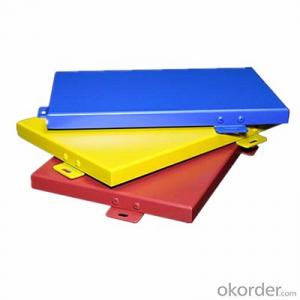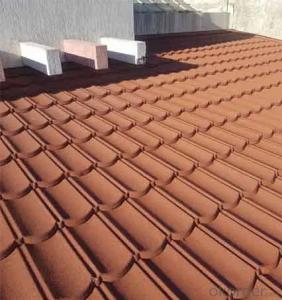Chrome Plate Aluminum
Chrome Plate Aluminum Related Searches
Aluminum Grill Plate Aluminum Metal Plate Aluminum Cast Plate Aluminum Wall Plate Aluminum Floor Plate Checker Plate Aluminum Copper Plate Aluminum Gold Plate Aluminum Aluminum Flat Plate Aluminum Hot Plate Aluminum Cooling Plate Aluminum Heater Plate Polished Aluminum Plate Aluminum Mounting Plate Aluminum Keyboard Plate Aluminum Motor Plate Nickel Plate Aluminum Bending Plate Aluminum Aluminum Base Plate Aluminum Cake Plate Aluminum Paper Plate Aluminum Cold Plate Aluminum Cooking Plate Cnc Aluminum Plate Aluminum Plate Panels Marine Aluminum Plate Aluminum Charger Plate Aluminum Cover Plate Aluminum Armor Plate Aluminum Deck PlateChrome Plate Aluminum Supplier & Manufacturer from China
Chrome Plate Aluminum is a high-quality material known for its exceptional durability and aesthetic appeal, making it a popular choice for various applications. This product is favored for its corrosion resistance, strength, and the sleek, shiny finish it provides to a wide range of items. It is commonly used in industries such as automotive, aerospace, and consumer electronics, where a combination of performance and visual appeal is essential. Chrome Plate Aluminum can be found in everything from car parts and aircraft components to home appliances and decorative items, showcasing its versatility and widespread utility.The usage scenarios for Chrome Plate Aluminum are vast, as it is suitable for both functional and decorative purposes. In the automotive industry, it is used for manufacturing wheels, trim, and other exterior components that require a combination of strength and a polished appearance. In aerospace, it is utilized for lightweight yet strong components that can withstand the rigors of flight. Additionally, it is employed in consumer electronics for creating an upscale look for devices such as laptops, smartphones, and home theater systems. The product's ability to enhance the visual appeal of items while maintaining performance standards makes it a go-to material for many manufacturers.
Okorder.com stands out as a leading wholesale supplier of Chrome Plate Aluminum, boasting a substantial inventory that caters to the diverse needs of various industries. With a commitment to providing top-notch products and exceptional service, Okorder.com ensures that customers have access to the Chrome Plate Aluminum they require for their projects. Whether it's for a large-scale manufacturing operation or a smaller-scale customization job, Okorder.com is equipped to deliver the necessary materials promptly and efficiently.
Hot Products



